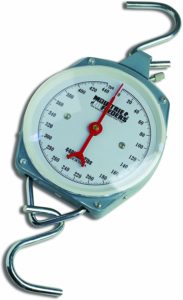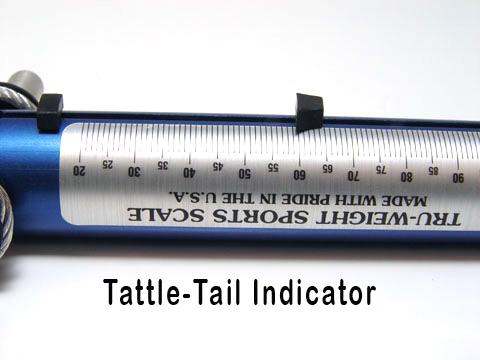how much weight can a mule carry
This site contains affiliate links. 02foryouandme.com may receive commissions on purchases made through the links at no additional cost to you.
WEIGHT, DISTRIBUTION AND BALANCE
HOW MUCH WEIGHT CAN A MULE CARRY
Knowing how much your mule can carry is most important when it comes to packing mules. Mules, like people, cannot jump up and pack up the mountains with no training. If you are in shape maybe you could carry 25lbs for 10 miles. On the other hand, just getting off the couch for the first time in a year you will have a tough time with 25lbs. The real truth is that some will not struggle with the 25lbs ever and some will struggle even after a bit of legging up. Packing mules will be no different, you will need to take each mule on a case by case basis. There are some stories of mules carrying 350lbs or more and be able to maintain that for miles. You may or may not own one of these Hercules mules (if you do, don’t cut his hair). Back to the real question how much weight can a mule carry? In general, a mule can carry dead weight of about 20% of its body weight (this includes pack saddle). The real superiority with mules is their endurance. It has been reported that mules have routinely been trained to carry 160lbs for 16-20 miles. A mule can carry about 30% of it’s body weight in live weight. A rider will tend to help the mule balance unlike dead weight. So now the question is how much does my mule weigh? There are a few ways to figure this out. It is important to have your mule checked by a vet before you head to the mountains. The vet can get an accurate weight of the mule. Getting a vet would be the best option. The weight of the mule is good information to have for other uses like worming and giving meds. An alternative to a costly vet visit is a weight tape. A weight tape is a band that is stretched around the mule’s heart girth to estimate the mule’s weight. The problem with the weight tape is that when I looked I could not find a mule specific weight tape. Good news is that Star Milling Co. has a chart that is just for mules (see figure 1).
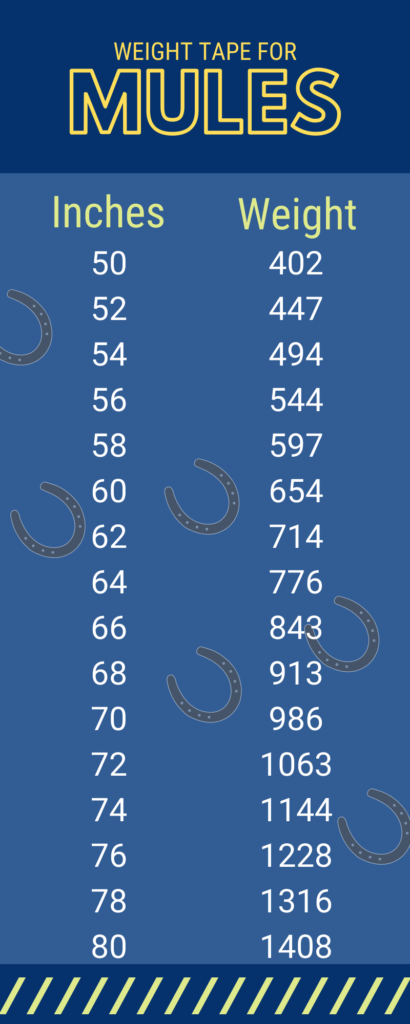
With this chart all you have to do is get a strap that has no stretch and wrap it around the heart girth of the mule (figure 2). Then measure that strap in inches and use the chart to find the weight. If your measurement falls between two numbers just average out the two and get your weight. (measurement 51 inches (50 = 402, 52 = 447) 402 + 447 = 849/2 = 424.5 is the weight of your mule) Now that you have the weight of your mule it is easy to figure out how much you can start with (424.5 X .2 = 84.9lbs. for packing/ 424.5 X .3 = 127.35 for riding) This of-coarse is a starting point. Each mule is unique some are beasts that can carry more than 20% others have to stick with 20%. Packing mules are always assessed on a case by case basis.
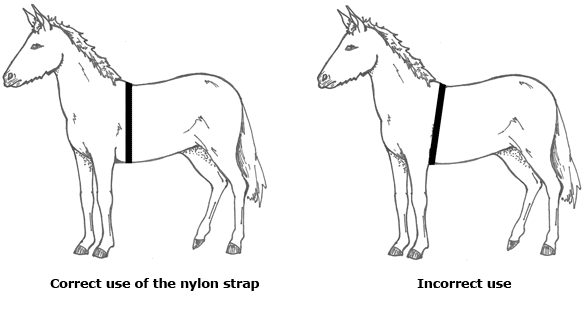
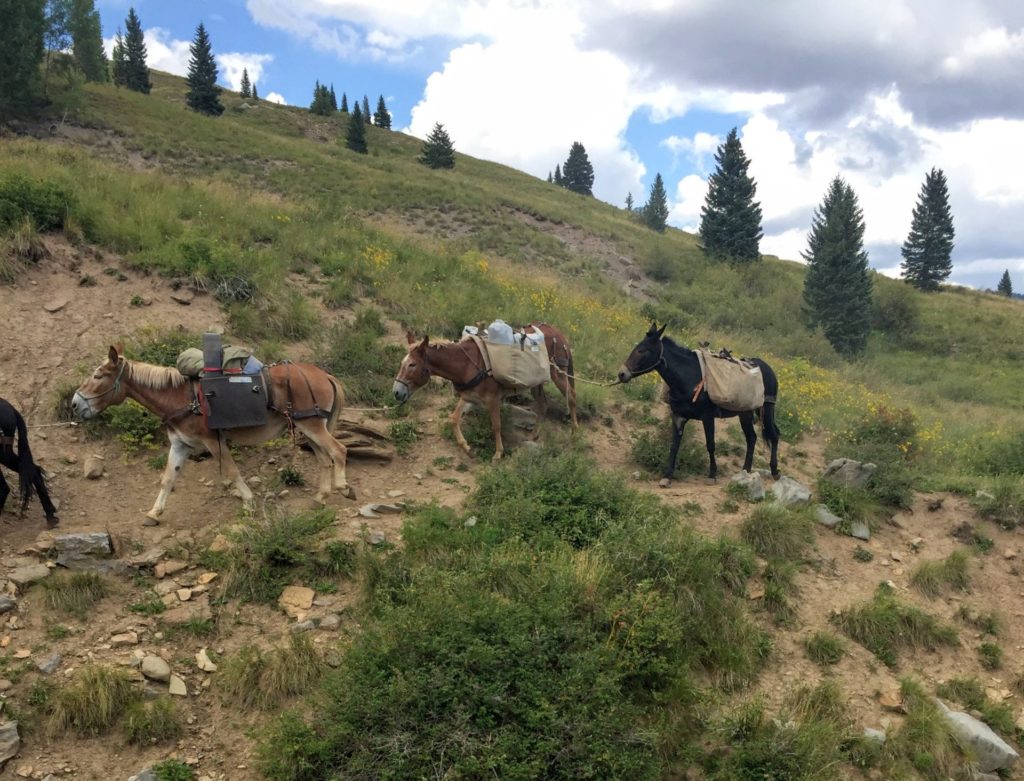
DISTRIBUTIONS AND BALANCE
Distribution of weight is another very important piece of the packing pie. If you have a mule that can pack 100lbs and you put 50lbs on one side and 50lbs on the other side the mule is balanced and happy. It’s just that easy, or is it? Just think about your gear, what weighs exactly the same as something else? Throw a top pack into the mix and you have a real math problem on your hands. This is something that will need to be planned out and practiced long before you head to the trailhead. Let’s start with our pack mule that can carry 100lbs. This pack mule will have a top pack so we are going to use a 35-35-30 rule. To break that down we would put 35% of the weight in the right pannier, 35% of the weight in the left pannier, and 30% of the weight in the top pack. The math here is relatively easy 35lbs right side, 35lbs left side, and 30lbs in the top pack. Load all the heaviest more rigid parts in the bottom of the panniers and towards the front. Lighter, softer things in the top of the panniers and the top pack. For example, if you have a tent that weighs 70lbs and it breaks down 30lbs poles, 20lbs tarp, 10lbs floor, 5lbs stakes and, 5lbs vestibule. The stakes and poles would be best in the side panniers toward the front. The tarp, floor, and vestibule would be best suited in the top of the panniers and top pack. This is because the poles are the heaviest single item and the stakes are rigid. The tarp, floor, and vestibule are lighter and more pliable. The gear you plan to take will all need to be broken down and sorted for the best placement on the trip.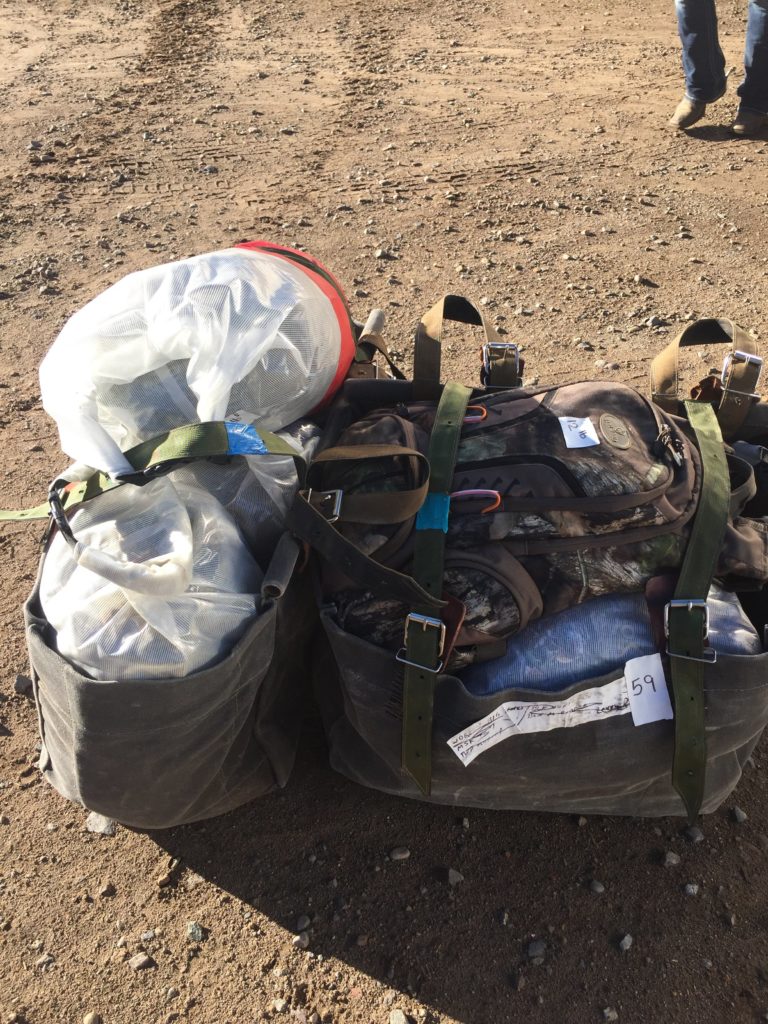 This can easily be done with a scale, duct tape and a sharpie at home or the barn. Lay all your gear out and start weighing, as you weigh something put a piece of duct tape on it and write the weight on the tape. Now that you have everything marked make two or three piles of gear. Keeping in mind the weight, balance and distribution you have just learned. This process will take some time, we usually dedicate a whole day.
This can easily be done with a scale, duct tape and a sharpie at home or the barn. Lay all your gear out and start weighing, as you weigh something put a piece of duct tape on it and write the weight on the tape. Now that you have everything marked make two or three piles of gear. Keeping in mind the weight, balance and distribution you have just learned. This process will take some time, we usually dedicate a whole day. 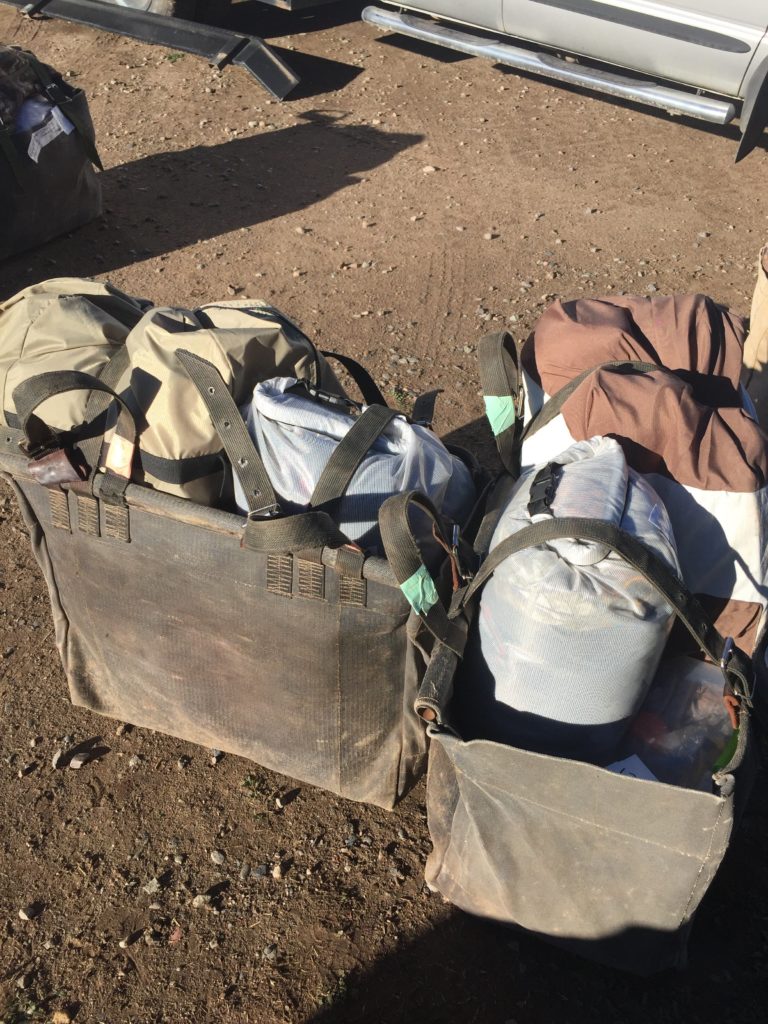
Once your gear is sorted out in its respective pile’s put it in the top pack or pannier and weigh the entire thing (this is a good time to put the panniers and top pack on the mule and walk them around see video). When everything is balanced take each piece of gear out and write on the duct tape its location for repacking ease, we usually number the panniers so we can keep them straight. You would be wise to buy a packer’s scale for the mountain to get everything evened up for the trip out. Even with the best planning and placement you will need to make adjustment on the trail. Years ago, we used an outfitter to hopefully gain some knowledge on packing and also find a better way into an area we liked to frequent. We did not learn any better way into the area unfortunately there was only the hard way. We did however learn a new set of acronyms LFR and BFR to help balance your load on a pack mule. He would use rocks to balance out his load on the trail, big rocks (BFR) if the load is off a lot and a little rock (LFR) if it just needed a tweak .On the trail be very observant of your pack mule and gear if something is leaning one way or the other stop and fix it. Eliminate small problems before they are big ones and trust me an LFR can save you a real mess up the trail. If a pack gets off balance and something falls or breaks loose because of it you will possibly lose everything. How much weight a mule can carry, how you distribute and balance that weight is a very crucial part of packing mules in the mountains. I hope that this has shed a little light on the subject and you can be one step closer to heading out on the trail.

